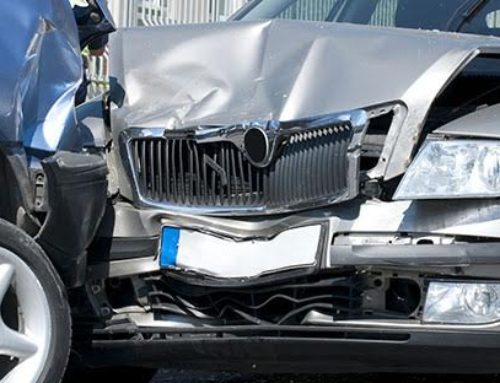If you’re a motorist in Pennsylvania, there is some important information that you should know about automobile insurance.
Liability Insurance
This is the money that your insurance company will pay another party if you happen to be at fault for an accident and cause injuries. In Pennsylvania, you can purchase as little as “$15/$30” liability coverage. This means that your insurer will pay others up to $15,000 per accident up to a maximum of $30,000, regardless of the number of people injured. This coverage is the bare minimum to “keep you legal”. Common amounts of liability coverage are $15,000/$30,000; $25,000/$50,000; and $100,000/$300,000. Some people select higher limits, and some people combine high limits with an umbrella policy that provides coverage above their liability limits.
First-Party Medical or “PIP” Medical Benefits
This is money that your insurance company will pay you or on your behalf for medical bills that are reasonable, necessary, and related to the operation or use of a motor vehicle. Pennsylvania has a “partial no-fault system”, meaning that your insurance company will pay first-party medical benefits without regard to who caused an accident. The idea is to make sure that an injured person can get medical treatment without having to prove that someone else caused the injuries. As long as the accident involves the maintenance and use of a motor vehicle, your insurer will pay your benefits.
If you are struck by a car while walking across the street, your insurance provider pays your medical bills. If you are injured while a passenger in your neighbor’s car, your insurance provider pays your medical bills. The minimum required medical benefit limit in Pennsylvania is $5,000, and most people who also have private health insurance have that amount of medical coverage. Medical bills are paid at a rate of 110% of Medicare fee schedules, so that money goes a long way. You should not have any deductibles or co-pays; medical providers must accept your auto insurance payments as payment in full. There is a way to receive “extraordinary” benefits with much higher limits, but for most people who already have medical insurance, extraordinary benefits are duplicative of that coverage.
First-Party Wage Loss or “PIP” Wage Loss Benefits
This is money that your insurance company will pay you if you miss time from work due to your injuries. Lost wage coverage is optional and can be waived. Most people who have selected wage loss coverage have a limit of $1,000 per month up to a maximum of $5,000 (80% of actual loss of gross income after the first 5 days). This coverage is paid without regard to who is at fault for the accident, so your lost wages are paid right away without having to prove fault. Again, there is a way to get higher wage loss benefits through your insurer.
Uninsured and Underinsured Motorist Coverage
This coverage protects you, members of your household, and occupants of your car in case you or they are injured by a person who has no insurance or who does not have enough insurance to cover your losses. This coverage is important because it benefits you and your loved ones. The default amount of coverage is equal to your liability limit. However, you can select lower limits or waive the coverage altogether. Additionally, if you have multiple cars you can elect to “stack” your benefits. For example, if you have $100,000 in uninsured motorist coverage and own 3 cars, you can add the limits together and end up with $300,000 in coverage. This is inexpensive but important coverage.
Collision and Comprehensive Coverages
Collision coverage is money that your insurance company will pay you for damage to your car, regardless of who is at fault for an accident. Comprehensive coverage is money that your insurance company will pay you if you are the victim of incidents like car theft or vandalism.
Tort Options
At common law, a person who is injured by the negligence of another person is entitled to recover damages for “non-economic damages”, including physical pain and suffering, mental anguish, discomfort, inconvenience, distress, embarrassment and humiliation, loss of enjoyment of life’s pleasures, and loss of consortium. “Economic damages” include medical bills and lost wages, among other quantifiable damages. In Pennsylvania, a driver retains the right to sue for all economic damages as well as non-economic damages unless opting to waive the right to sue for non-economic damages. When you buy auto insurance, you are asked to select from two “tort options”; the “limited tort option” or the “full tort option”. If you do not make a selection, the default is the “full tort option”. If you select the “limited tort option”, you waive your common law right to sue for non-economic damages for yourself, your spouse, and all relatives and minors in your household.
There are exceptions even if you have elected the “limited tort option”, the most important of which is the “serious injury” exception. If you have suffered a serious injury, defined as “serious impairment of a bodily function”, you are permitted to sue for non-economic damages. Unfortunately, what you and I might consider to be serious in many cases is not serious enough in the eyes of the law to allow you to sue for your non-economic damages. In one case, our appellate court held that a person who suffered cervical, thoracic, and lumbar strains and sprains with radiculopathy to the right hand — and who claimed that it was necessary for him to stop working as a plumber and to begin a new trade as an electrician as a result of his injuries — had not suffered a “serious injury”.




